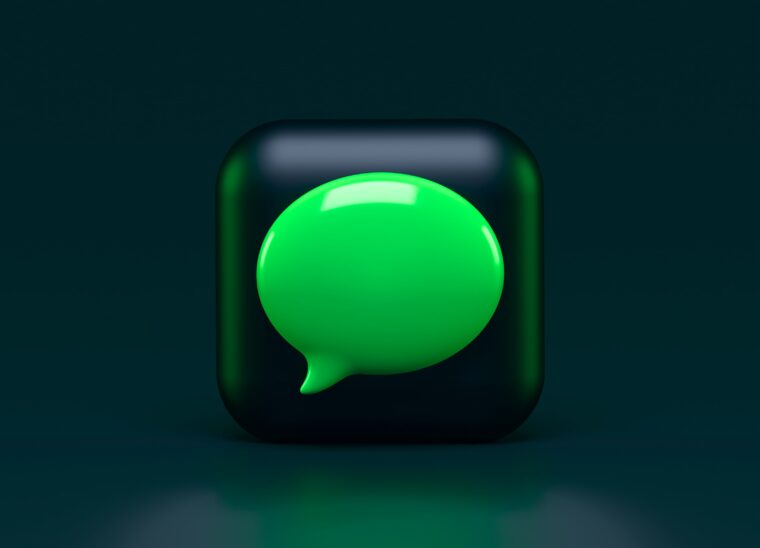Chatbots for Healthcare Customer Service can be a great lever for process automation.
Healthcare is one of the industries that evolves the most every year. Both at the pharmaceutical level and at the level of technologies used in medicine itself.
The use of robots to perform surgeries or the use of Artificial Intelligence for the collection and analysis of patient data are scenarios that, in times, could seem distant. However, nowadays, they are becoming a banality.
Although these machines are still only an aid, according to studies carried out by the Instituto Coordinadas de Gobernanza y Economía Aplicada of Spain, it is expected a great evolution at technological levels.
In this article, we will put aside these kinds of robots and talk about chatbots - conversational robots.
Chatbots for Healthcare: the Different Types
Chatbots can be a great option for automating services. In any sector, but especially in those that involve a large volume of interactions with people.
When talking about the health sector, in this case, we are referring to the service to users. But also the attendance to doctors, nurses, and health assistants.
Generally, when we think about interactions with the public, we immediately think about big companies, but we forget the health system.
Hospitals, clinics, and doctor's offices are the busiest places, both in-person or not.
Many procedures in these places are done through online systems. Whether you call and make an appointment or schedule it through the company's website. Not all healthcare establishments have the latter option, but they're increasingly moving in that direction.
There are already a number of different types of chatbots to support the health area. We present you with some examples down below.
Chatbots for Drug Dosage Help
In a world where the quantity of medicines is increasing, it becomes difficult for doctors to be aware of all of them and their dosages depending on the patient.
SafedrugBot is a chatbot to support healthcare professionals. It helps when they need information about the correct dosages of medicines, especially during pregnancy or when breastfeeding new mothers.
Chatbots for Weight Management
We find ourselves in an age where people care more about weight control and staying healthy.
To do that, there's Forsky, a chatbot who advises you on nutrition. Using Artificial Intelligence, it collects your eating habits and helps you to have the diet that best suits your needs.
Chatbots for Symptom Evaluation
These days, before people go to their doctor, they google them to try to notice their symptoms. However, not all information found online is reliable.
The Buoy Health application provides a chatbot that offers reliable information to those looking for it through a full survey. It uses an algorithm supported by a huge medical database and Artificial Intelligence.
From the collection of the user's symptoms, it helps to direct the person to his next steps. If it is something easy to treat or if you should go to a doctor.
Chatbots for Customer Service
Applications with virtual assistants can have numerous functions, as we have seen. But what about administrative assistance?
Well, a chatbot for administrative assistance would be an asset.
The administration has to be on top of several events, be it customer service or doctor service.
Although there are several departments of that administrative service, it is very complicated sometimes to attend to everyone.
Therefore, internal and external chatbot would be the most obvious solution.
Internal Chatbots
We call internal chatbots those who work inside the units, in this case, a hospital or clinic.
Internal chatbots are very useful when it comes to automating internal procedures.
Imagine that a doctor, as often happens, has an unforeseen event and needs to cancel his scheduled appointments.
He calls the hospital, informs them that he will not be able to attend and the administrative staff has to update the service that they are with one less doctor and then the users.
With a chatbot, unforeseen situations like this are much easier to process.
The doctor informs through the bot and it sends the information directly to the hospital, alerting all the people involved.
Scenarios like these can be totally automated and save a lot of work for those in charge of this kind of function. For the most part, they are repeated and programmable tasks.
External Chatbots
When it comes to external chatbots - chatbots that connect patients to the health service - the service would be similar.
Through these, users can schedule appointments and examinations without waiting time, as is the case with telephone calls. They have an immediate return and can even choose their own times.
Following the example of internal chatbots. If the doctor was at fault, the chatbot warns the patient and reacts to the next appointment.
They are also useful when it comes to collecting tests. Through the chatbot, you can access your client area and consequently access your exam results without having to travel. This is possible because the bot links to the hospital network.
Visor.ai Case Study
At the beginning of 2020, the National Health System had many difficulties in answering all calls. These contacts were a consequence of the SARS-Cov-2 outbreak.
People knew little about the disease and its symptoms, so they immediately called SNS 24 (the National Health System telephone line). These doubts caused the lines to become clogged, despite the increase in attendance at contact centers.
In an attempt to ease the flow of calls to SNS 24, Visor.ai joined Zaask.
The two companies together set up a chatbot that screened patients, asking them what symptoms they had.
After that triage, there were two possibilities. Either they were given directions on how to proceed at home, or they were referred to health professionals who made the diagnosis by video call.
This initiative became very popular as people started looking for alternatives when they saw that they were not being treated.
In addition to the screening, the bot provided official information from the Health Authority and the respective preventive standards imposed by the Portuguese Government and State.
If you want to make your company more digital and automate the processes of your health professionals, talk to us!


